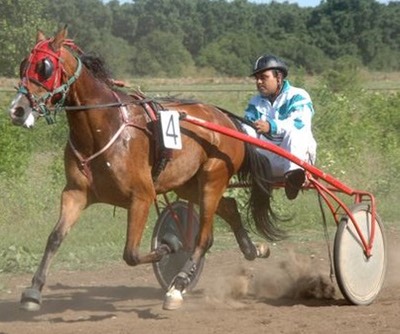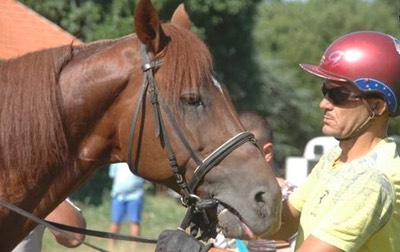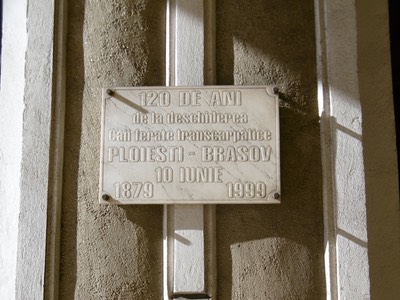We found a small track in the „lost” countries
The Austrian-Hungarian Monarchy, 1867-1918, defined the social conditions of horsekeeping for transportation of people. The landed aristocracy owned extensive areas and employed manpower on conditions similar to serfdom. For the regular seasons of pleasure and matchmaking in the cities, not only in Vienna and Budapest, the aristocracy just had to arrive in style. American Standardbreds and Russian Orlovs served that purpose. Soon enough the young heirs of the estates discovered the potentials of racing and breeding the pure breds.
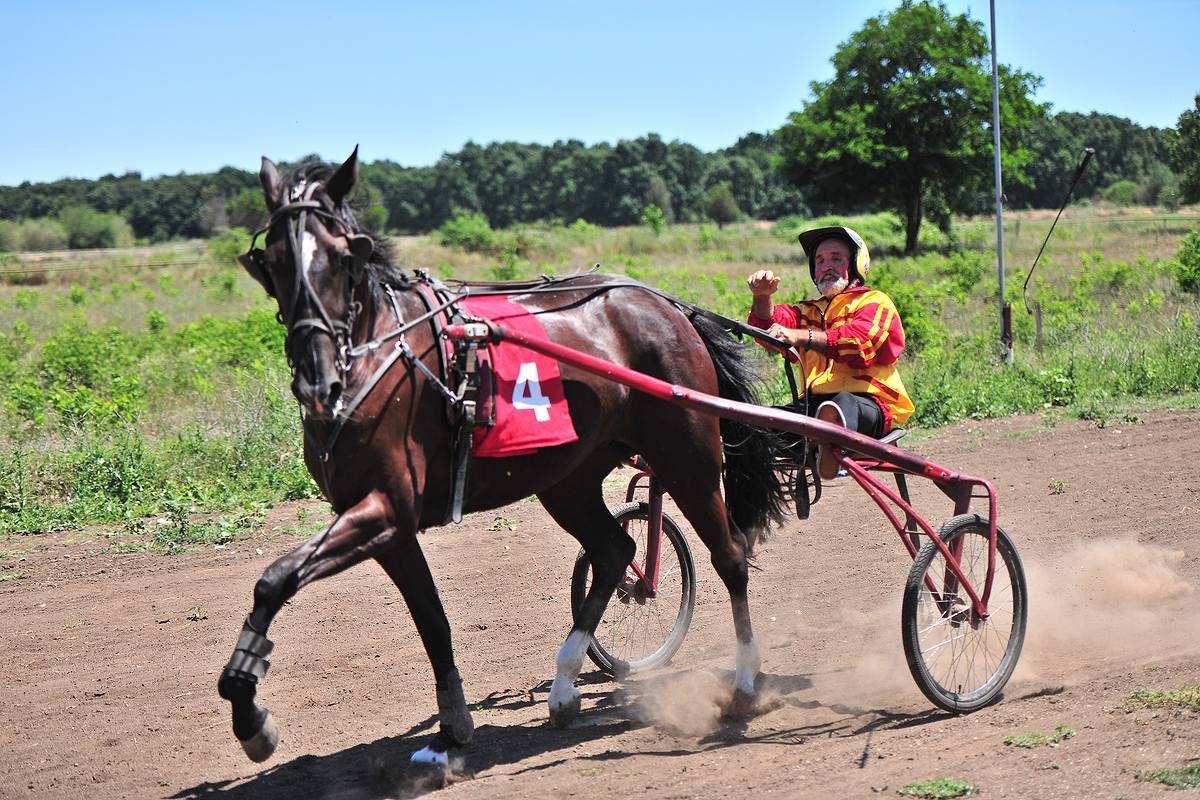
Diamantina, 2yr old Bulgarian filly by the German Copiad-son Don Vito, driven by 74yr old Milev Nedyalko.
Our Swedish friend Ulf Lindström heard about our intention, to rediscover "lost” trotting countries like Bulgaria and Romania. He linked an article that popped up on the Internet, so we wrote to the author, Ms. Nadejda Lukanova in Sofia, Bulgaria, and asked her for more information. This is what she told us:
– The first races with trotters were held in 1962 at the National hippodrome in Bankya (near Sofia, the capital). The horses were raced for 1,600 meters, separate in two races: for 3 yo Orlov trotters and halfbreed Orlovs. In subsequent years only Orlov trotters were raced. At the close of this period the racing trotters were offspring of Orlov and Russian trotters;
– Since 1984 the races were held in the town of Ruse. Trotters for racing were imported from Hungary and their progeny.
– Between 1991-1996 races were again held in Bankya;
– After 1996 the calendar saw races at regional courses in Bulgaria (Bankya, Sliven, Simeonovgrad, Chirpan, etc.). For 2 years (2007 and 2008) races were held at Bankya, in 2009 in Shumen town. After 2007 Bulgarian breeders and owners started to import trotters from Hungary and Serbia;
– Since 2010 the official race calendar is located to Balchik
town. At the same time organized regional racing were held in Manole
village, Simeonovgrad town, Pleven town, Sliven town, etc. Trotters for
racing now come from France, Italy, Spain, Sweden, Germany and their
offspring born in Bulgaria. Races run counter-clockwise, with starting
gate. On average 30-40 horses campaign for 11-12 race days.
Also, Ms. Lukanova wrote an interesting article about breeding trotters
in Bulgaria, which you can read as a pdf below on the right hand side.
When it comes to Romania, the history of the trotting sport over there should be a longer one than the one in Bulgaria. As far as we know, Austrias Champion Driver of the 1940s to the late 1960s, Ernst Fischer, had to flee from the Nazi Regime because he was Jewish, so during World War II he trained the horses of the Romanian King. We asked about more of that story at official sites in Romania, but didn’t get answers until now. We also didn’t forget about the driver Gheorghe Tanase, who was a constant participant of the international European- and World-Championships of the Professionals of the 1970s and 1980s.
But as far as it seems, after the communist system went down, also the sport was not existing anymore. Now we heard, that a racetrack in Ploiesti around 50 kilometers north of the capital Bucharest will be opened – let’s see if the races in Bulgaria and Romania can have an international status with official organizations in the near future.
Anyway, if you know anything more about the sport in those countries, please do not hesitate to contact us.
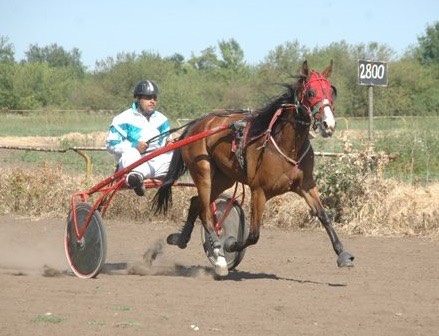
Rihta (2)
Commentary to the pictures by Nadejda Lukanova:
– The winner of 2yo 1 400 metres is filly Diamantina (BGR)-sire Don Vito
(DEU) mare Audientsia (BGR). The mare Audientsia by Active Leber (SWE)
out of Ugra (BGR). The breeder, owner and trainer is Mr Jivko Nikolov.
The driver is Mr Nedyalko Milev. The interesting fact for the driver are
74 years old. He is the winner in Czech Republic - Velka Pardubicka
1970.
– The winner of 3yo 1 600m - filly Rihta (BGR) sire Rubinio (SWE)
mare Izbuhliva (BGR). Breeder - Mr Petar Sharkov; Owner, trainer, driver
Mr Stefan Petrov.
– The winner of 4+yo 2 000m /Derby/ - stallion Sphinx du Plessis
(FRA), b. 2006, sire Ganymede (FRA) mare Irisee D`Avril (FRA). Owner and
trainer Mr Hristo Apostolov, driver Mr Atanas Jankov. The stallion was
imported last year from France.
2016_09
